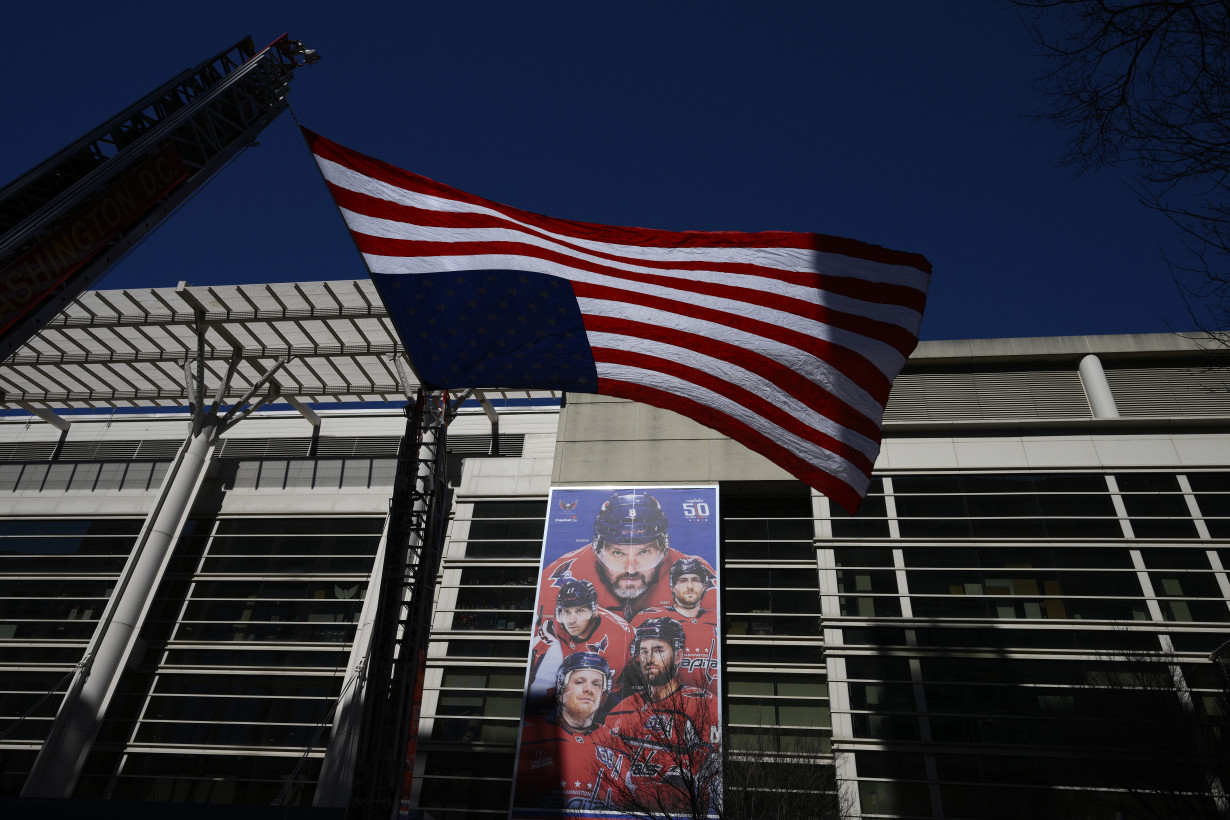The Jan. 29 collision between an Army helicopter and a passenger airplane over Washington, D.C., killed 67 people, making it the deadliest U.S. air disaster since 2001.
The National Transportation Safety Board on Tuesday recommended a ban on some helicopter flights near Ronald Reagan National Airport to improve safety, saying the current setup “poses an intolerable risk.” Later in the day, U.S. Transportation Secretary Sean Duffy said he’ll adopt the NTSB’s recommendations, with some modifications, in guidelines to be released Wednesday.
Investigators are looking closely at the helicopter’s altitude and how the crew’s vision would have been affected by their night vision goggles. But the full report explaining the cause likely won’t be completed for more than a year.
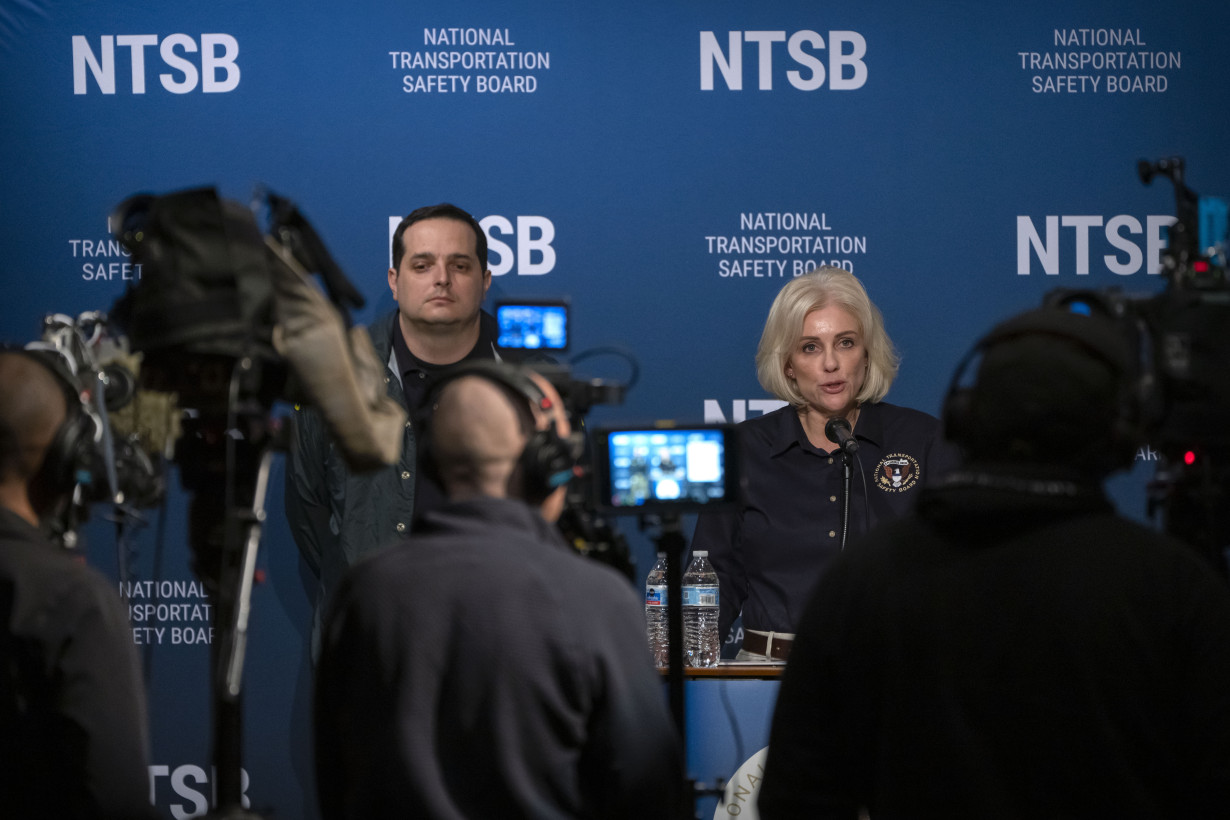
President Donald Trump initially faulted the helicopter, which had a flight ceiling of 200 feet (61 meters), for flying too high. The NTSB has said the helicopter was at 278 feet (85 meters) at the time of the collision, but it's not clear if the pilots knew that or if they had inaccurate altitude readings.
Trump also blamed federal diversity and inclusion efforts, particularly regarding air traffic controllers, but could not back up those claims. He later blamed an “obsolete” air traffic control system.
Here's a timeline of events related to the crash:
Jan. 29
At around 8:15 p.m. American Airlines Flight 5342, with 64 people on board, begins its initial descent into Reagan National Airport.
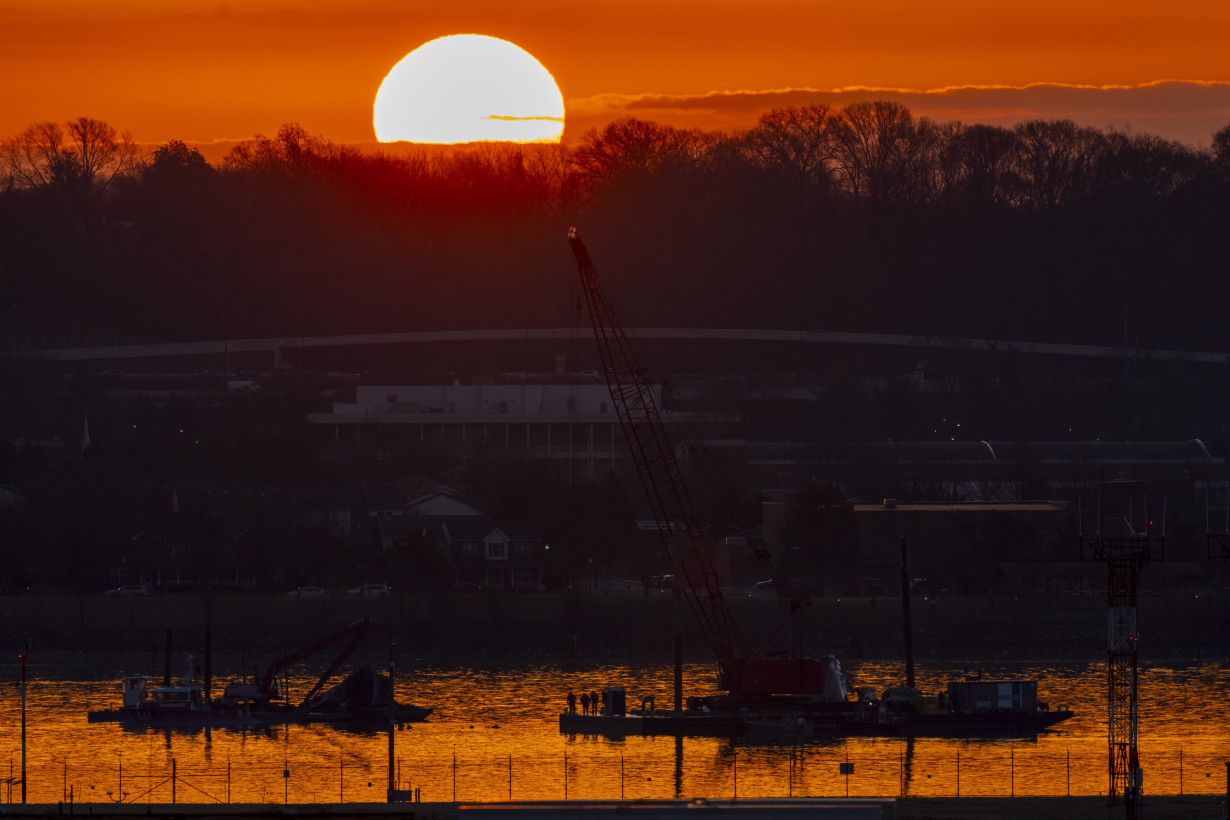
At 8:43, from the airport’s tower, a controller asks the plane's pilots to switch from landing on Runway 1 to Runway 33. Nearby an Army Black Hawk helicopter, referred to as PAT25 by air traffic control, is flying south over the river. The skies are clear.
As the helicopter approaches the airport, the cockpit voice recorder captures the pilot saying it is flying at 300 feet (91 meters) and the instructor pilot says it is at 400 feet (122 meters). The discrepancy isn't explained and the helicopter continues to descend. The ceiling for the helicopter flight gets progressively lower as it approaches the airport until it reaches 200 feet (61 meters).
At 8:46, the controller radios the Black Hawk crew to say a passenger jet, referred to as CRJ, is at 1,200 feet (365 meters) and circling to Runway 33. The helicopter's pilots say they see the jet and ask for permission to maintain visual separation — allowing it to fly closer than otherwise may have been allowed if the pilots didn’t see the plane. Controllers approve the request.
At 8:47 — 20 seconds before impact — the controller again radios: “PAT25, do you have the CRJ in sight?” while a conflict alarm sounds in the background. Then, again: “PAT25, pass behind the CRJ.” But the NTSB said the helicopter's recorder shows the pilots may never have heard that instruction.
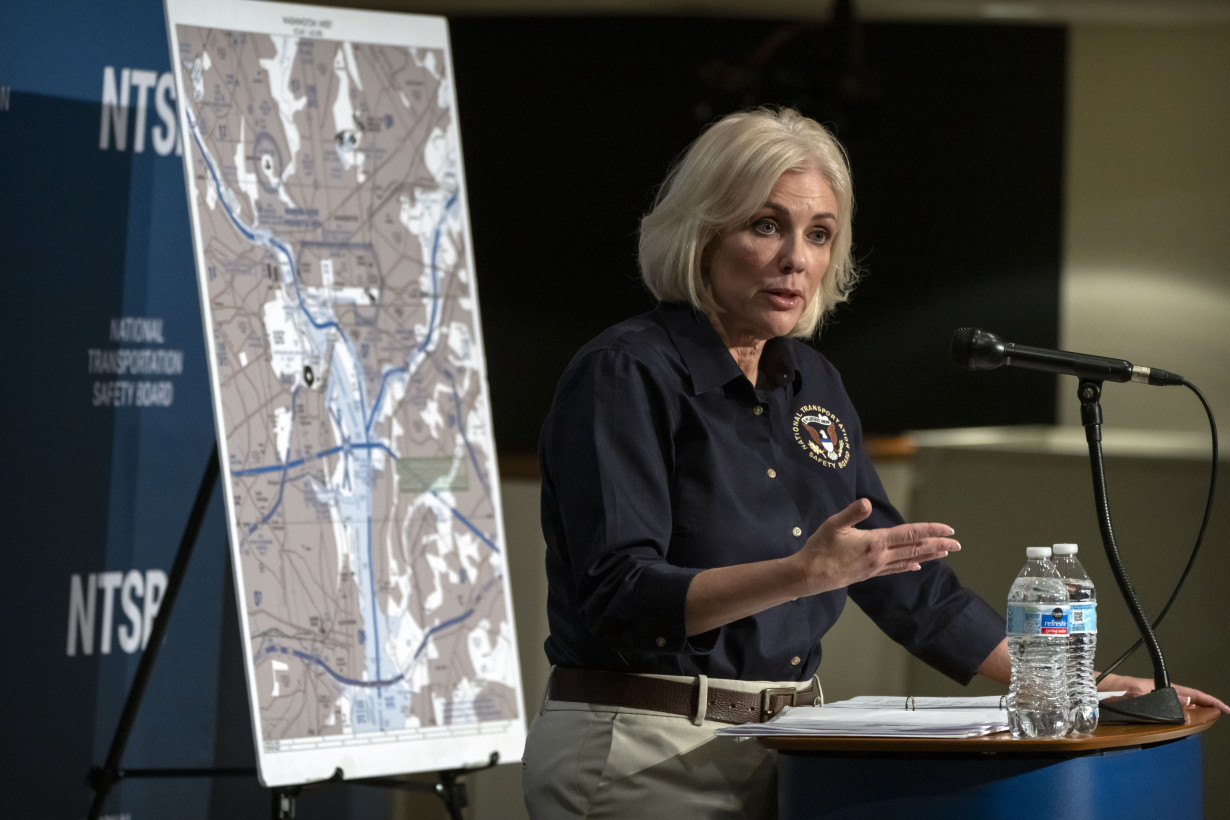
One second later the plane’s crew gets an alert from their collision avoidance system declaring “Traffic! Traffic!”
A few seconds after that, a crew member on the helicopter replies that the aircraft “is in sight” and again requests “visual separation” with the incoming plane.
Just after the plane descends past its last recorded altitude of 313 feet (95 meters), the pilots pull up the nose sharply in an evasive maneuver one second before impact.
Then a commotion is heard on the tower audio. A flash appears in the sky, and both aircraft fall into the river. Moments later someone says over the radio, “Tower, did you see that?”
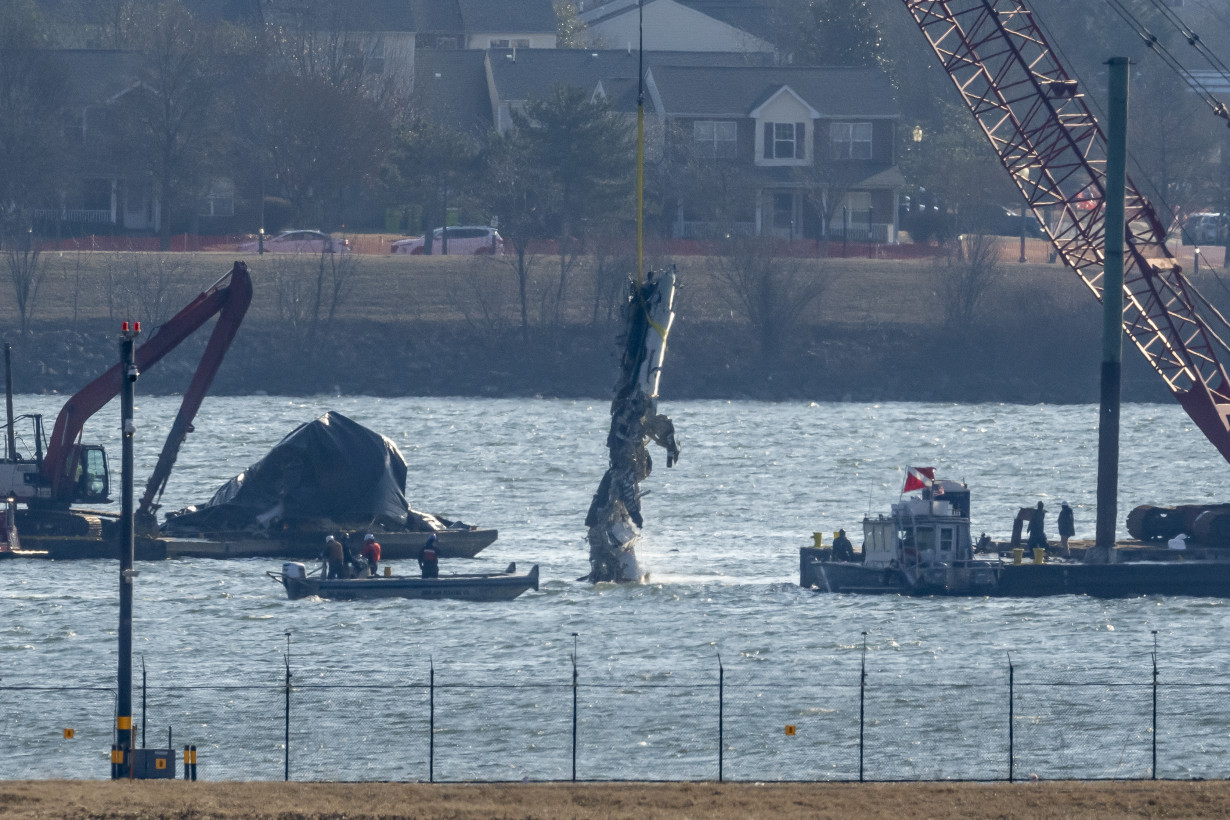
In the ensuing hours and days, crews search the chilly Potomac for survivors.
Jan. 30
In the morning, Trump tells reporters there are no survivors. By midday the bodies of all three soldiers in the helicopter have been recovered.
About 2 miles (3.2 kilometers) downriver from the crash site, Dean Naujoks, who patrols the Potomac for the Waterkeeper Alliance, finds pages from the flight manual, a piece of the plane's cabin wall and dozens of sugar packets stamped with the American Airlines logo.
In the evening, the airplane's cockpit voice and flight data recorders are recovered and sent to labs for evaluation.
Jan. 31
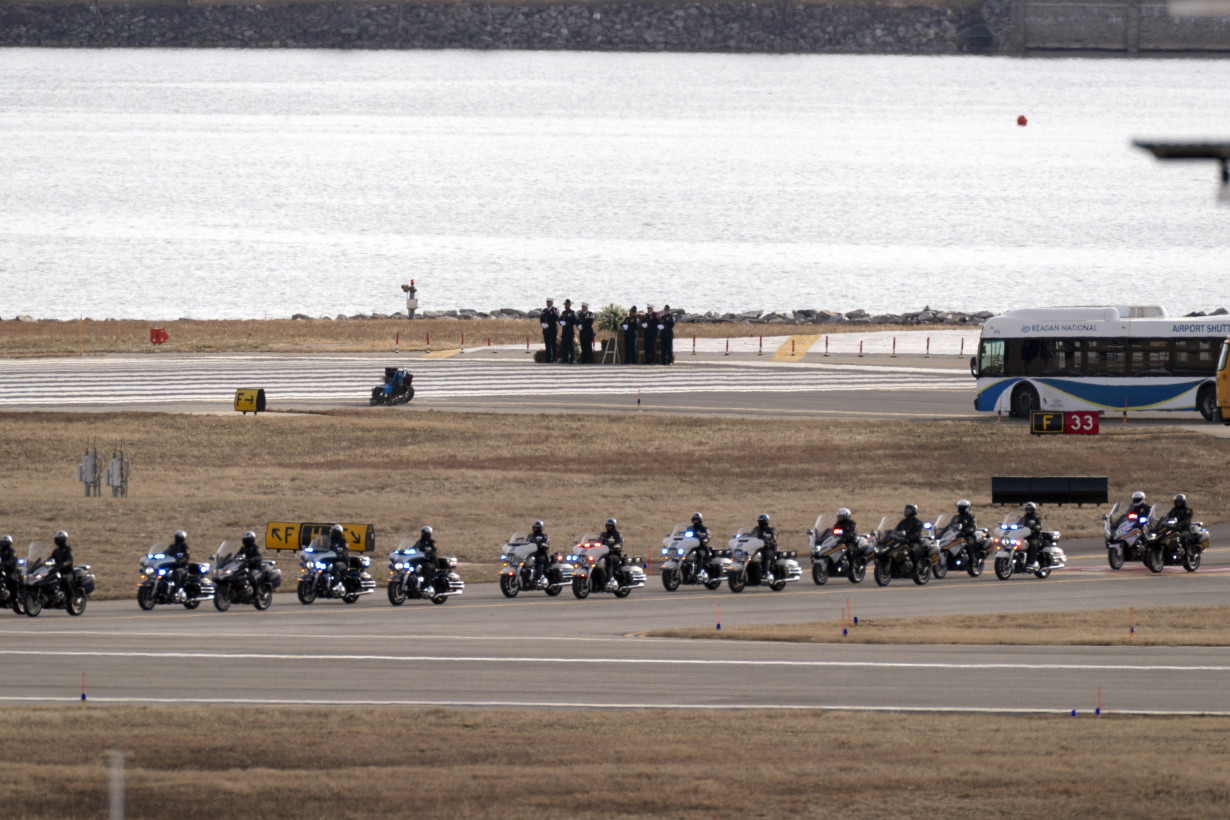
Officials announce that the Black Hawk's black box has been recovered and the flight data is being reviewed, along with the actions of the military pilot and air traffic control.
By the afternoon, the remains of 41 people have been recovered.
The Army releases the names of two of the dead soldiers: Staff Sgt. Ryan Austin O’Hara, 28, of Lilburn, Georgia, the crew chief; and Chief Warrant Officer 2 Andrew Loyd Eaves, 39, of Great Mills, Maryland.
Feb. 1
Investigators say they are trying to work out a discrepancy in the altitude data between the helicopter and the airliner. They hope the helicopter's black box can help reconcile the difference. The box is waterlogged, delaying retrieval of its data.
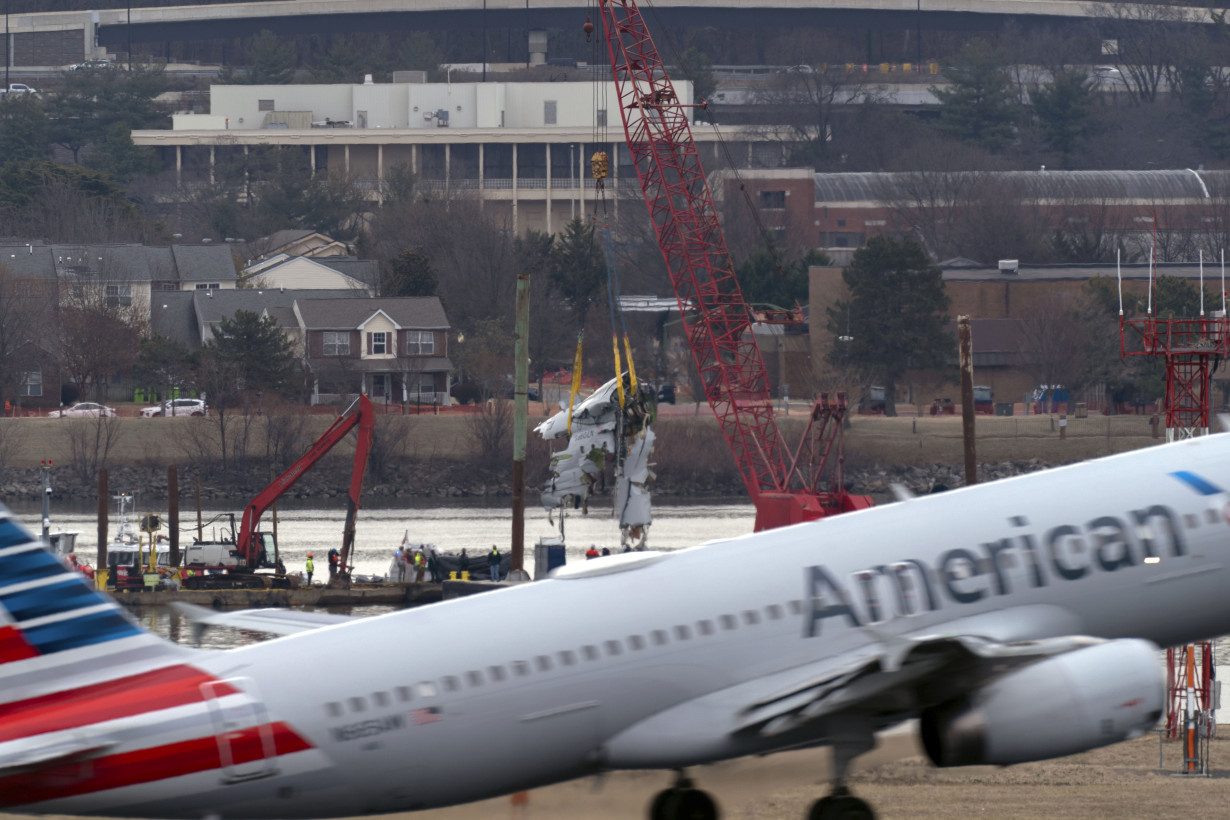
The Army identifies the third soldier who died in the helicopter: Capt. Rebecca M. Lobach. She is described by friends as “brilliant and fearless.”
Feb. 2
Officials say the remains of 55 victims have been recovered. As the search continues, salvage crews prepare to lift wreckage from the Potomac.
Feb. 3
Salvage crews recover an engine and large pieces of fuselage of the airliner and work to retrieve a wing. The recovered parts are moved to a hangar for investigation as families of the victims gather along the Potomac banks.
Feb. 4
Crews working in choppy conditions raise a number of large pieces of the jetliner including the right wing, the center fuselage and parts of the forward cabin, cockpit, tail cone and rudder.
Authorities say the remains of all 67 victims of the collision have been recovered.
Feb. 5
As memorials for the victims begin, a flight attendant is remembered in North Carolina as a loving father, stepfather, husband, brother and uncle who loved his career.
Feb. 6
Salvage crews finish removing all major components of the helicopter and jet from the river. The wreckage is trucked to a secure hanger where NTSB investigators can examine it for clues.
Texas Republican Sen. Ted Cruz says NTSB officials in a briefing told senators that the helicopter’s Automatic Dependent Surveillance-Broadcast (ADS-B) — an aviation surveillance technology that transmits aircraft location and other data to air traffic control and other aircraft — was off. He questions why.
Feb. 14
The NTSB offers another update that raises doubts about whether the helicopter pilots had accurate information on their altitude before the crash.
Investigators by now have completed their work at the scene, but continue to examine the wreckage of both aircraft and conduct more interviews and tests.
March 2
Some of figure skating's biggest stars gather in Washington for a tribute event that raised $1.2 million for the victims' families. The victims included 28 members of the figure skating community, some of whom lived and trained in the Washington area. They had been in Wichita for a development camp for elite junior skaters that followed the 2025 U.S. Figure Skating Championships that were held in Kansas' largest city.
March 11
Federal investigators recommend a ban on some helicopter flights near Reagan National Airport to improve safety, saying the current setup “poses an intolerable risk.” Later in the day, U.S. Transportation Secretary Sean Duffy said he’ll adopt the NTSB’s recommendations, with some modifications, in guidelines to be released Wednesday.
Helicopters no longer will be “threading the needle” flying under landing planes, Duffy said.
The Federal Aviation Administration also will use artificial intelligence to analyze data from every airport to make sure there aren’t similar dangers elsewhere. Duffy said the FAA should have recognized the hazards at Reagan airport earlier.

 Trump has begun another trade war. Here's a timeline of how we got here
Trump has begun another trade war. Here's a timeline of how we got here
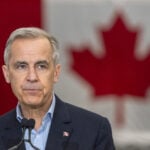 Canada's leader laments lost friendship with US in town that sheltered stranded Americans after 9/11
Canada's leader laments lost friendship with US in town that sheltered stranded Americans after 9/11
 Chinese EV giant BYD's fourth-quarter profit leaps 73%
Chinese EV giant BYD's fourth-quarter profit leaps 73%
 You're an American in another land? Prepare to talk about the why and how of Trump 2.0
You're an American in another land? Prepare to talk about the why and how of Trump 2.0
 Chalk talk: Star power, top teams and No. 5 seeds headline the women's March Madness Sweet 16
Chalk talk: Star power, top teams and No. 5 seeds headline the women's March Madness Sweet 16
 Purdue returns to Sweet 16 with 76-62 win over McNeese in March Madness
Purdue returns to Sweet 16 with 76-62 win over McNeese in March Madness
